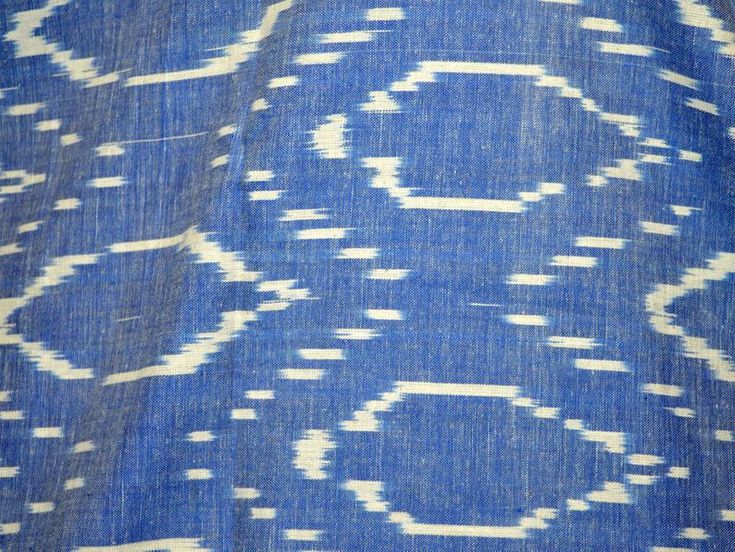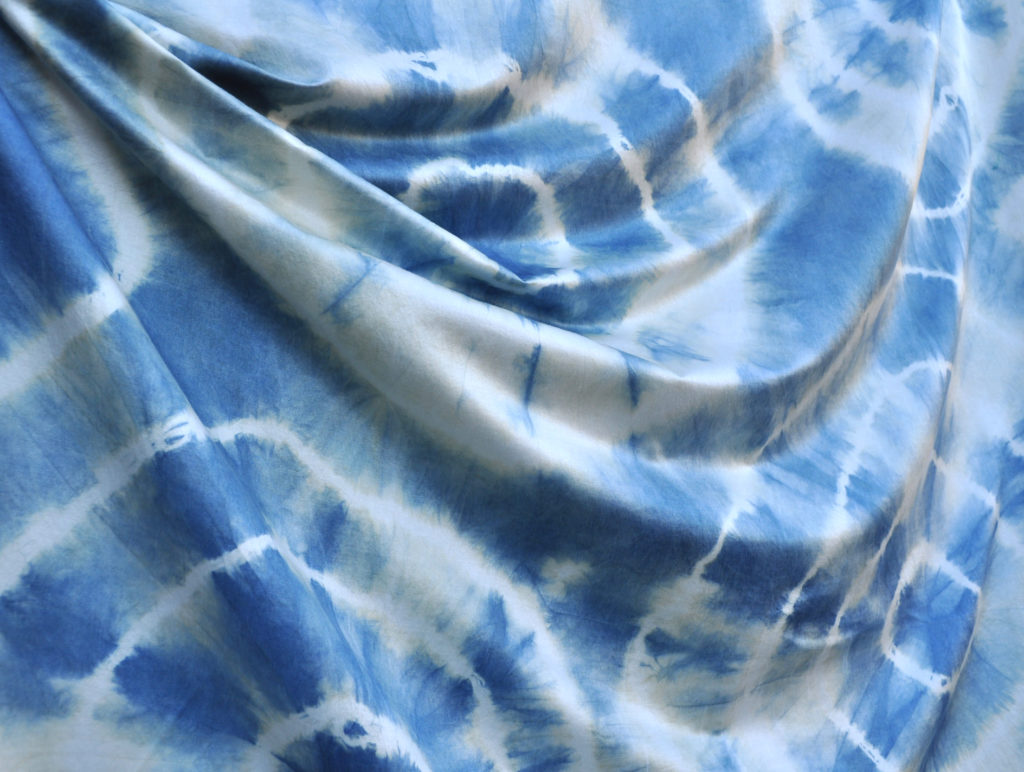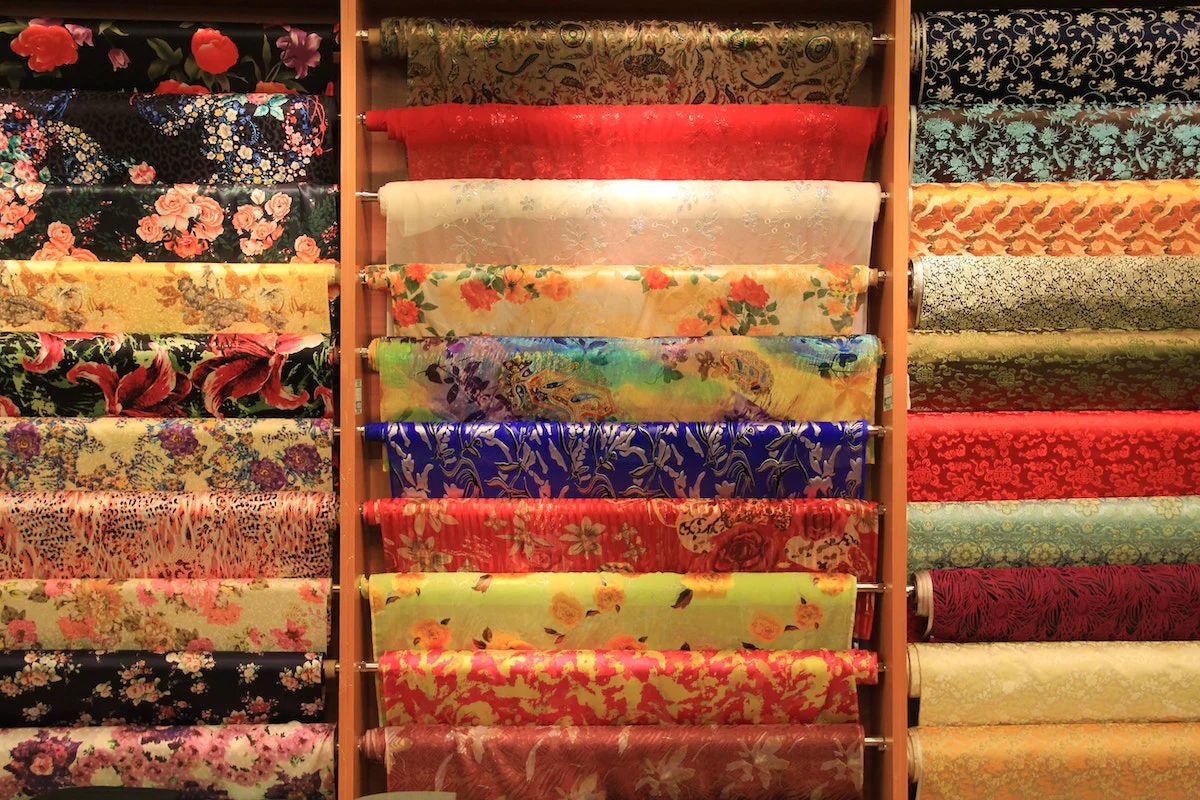In today’s interconnected world, the boundaries between cultures are increasingly fluid, allowing for the seamless exchange of artistic and material influences. One of the most vibrant examples of this cultural interplay can be seen in the realm of textile design. Traditional textile practices from various parts of the world have significantly influenced modern design, leading to an enriching blend of styles, techniques, and materials. This blog explores how these global traditions are shaping contemporary textile design and why they matter.
The Rich Tapestry of Global Textile Traditions
Textile practices, deeply rooted in the histories and cultures of their regions, offer a diverse palette of techniques and aesthetics. From the intricate ikat weaving of Indonesia to the rich tapestries of the Middle East, each tradition brings its own unique style and methodology to the table. These practices not only provide aesthetic value but also convey stories, traditions, and ancient wisdom from generations past.
The Influence on Modern Design
Modern designers often draw inspiration from these global textile traditions, incorporating traditional methods into their works or reinterpreting them with contemporary twists. Here’s how some of these influences manifest in modern textiles:

Ikat Weaving– Once a traditional form of weaving in Southeast Asia, ikat has found new life in modern fashion and home décor. Its blurred, flowing patterns are now synonymous with both luxury and bohemian chic, appealing to a wide array of tastes.

Shibori Dyeing- The Japanese art of shibori, or tie-dyeing, involves binding, stitching, folding, twisting, or compressing cloth to achieve different dye patterns. This technique has inspired designers globally to experiment with dye-resistant techniques, resulting in textiles that are both rich in color and intricate in design.

African Kente Cloth- Known for its vivid colors and elaborate designs, Kente cloth from West Africa is often used in modern apparel and art to symbolize prestige and cultural identity. Its adoption in contemporary fashion highlights a reverence for bold, statement-making patterns.
Bringing Tradition to Contemporary Markets
Integrating traditional techniques into modern design is not just about aesthetic appeal; it’s also a strategy for sustainable innovation. By embracing age-old methods, designers contribute to the preservation of artisanal crafts, provide economic opportunities to local communities, and offer consumers ethically produced alternatives.
For more insights into the types of materials used in these traditions, you might find interest in our blog The Ultimate Guide to Clothing Material
Challenges and Opportunities
While the integration of global textile traditions into modern design presents numerous opportunities, it also comes with challenges. Issues such as cultural appropriation, maintaining authenticity, and ensuring fair trade practices are at the forefront of discussions among designers and stakeholders. Addressing these challenges responsibly is crucial for a respectful and ethical approach to blending traditions.
Sustainable Practices in Fabric Sourcing
The shift towards global influence in textiles also demands attention to sustainable sourcing practices. Understanding where and how materials are obtained is vital to ensuring that the modern use of traditional techniques supports rather than exploits the communities that created them. For deeper understanding, check out our detailed guide on fabric sourcing.

Explore Global Textile Solutions with Locofast
At Locofast, we recognize the importance of blending traditional craftsmanship with modern design demands. Our extensive textile sourcing network connects designers with high-quality materials and skilled artisans from around the world. Learn more about how we facilitate these connections in our blog Exploring Locofast’s Textile Sourcing Network: Suppliers, Manufacturers, and More
Visit locofast.com today to explore how our services can help you integrate global textile traditions into your modern designs, ensuring both authenticity and innovation in your products.
In conclusion, the blending of global textile practices into modern design not only enriches the fabric of contemporary fashion but also preserves the cultural heritage and supports sustainable development. By embracing these traditions, the modern design landscape becomes a vivid tapestry of global collaboration and creativity.
